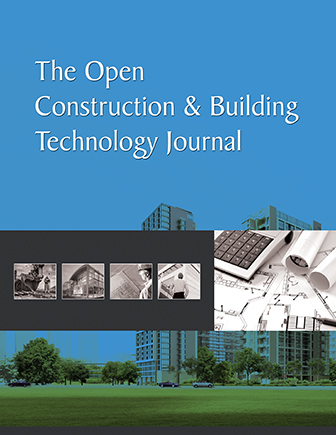All published articles of this journal are available on ScienceDirect.
Seismic Risk of Modern City
Abstract
Aim:
The goal of the work was to develop and implement a methodology for the expected seismic risk assessment of a modern city on the example of a test area of Vladikavkaz city.
Background:
The selected area is characterized by a variety of soil conditions typical for the entire territory of the city. At the same time, building stock includes almost all types of buildings that form the urban environment.
Objective:
Based on the differentiation of soil conditions, the test area was conditionally divided into 6 sites. Further, site effects of every site were estimated (seismic microzonation work was carried out). Expected seismic intensity (MSK-64) of the sites varied within 7-9 points. Each type of building is characterized by a certain vulnerability to a particular level of seismic impact.
Method:
The work is focused on the implementation of simple and effective statistical concepts of the MSK-64 scale for the development of express seismic risk assessment methodology. Different soils and types of buildings in different combination caused a different level of expected economic losses. Further, on the basis of taking into account the expected damage in the building stock of Kuybyshev Street, the expected social losses were calculated. In this regard, it is of interest to analyze the seismic risk variations along Kuybyshev Street, which is actually a model of the city.
Conclusion:
The suggested methodology gives a rapid express assessment of seismic risk for decision making on buildings enforcement on a city level. Seismic risk methodology was corrected for new types of buildings (“Vesna” region) and it was shown that the MSK scale is effective but must be also actualized itself.


